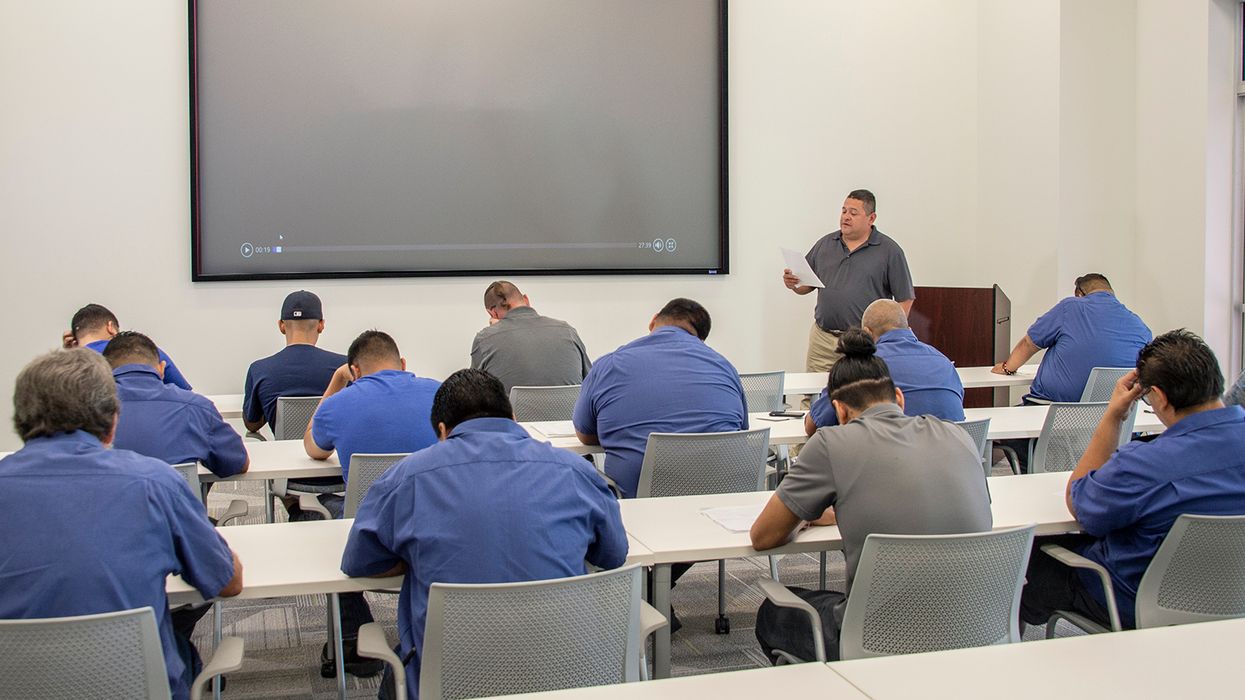This year, resolve to meet OSHA’s annual training requirements
It’s a best practice to conduct annual safety training, but which of OSHA’s regulations actually require that you do so? Over 60 of OSHA’s general industry regulations have employee training or information requirements, though not all of them state that it must be done annually.
Following are the general industry rules that mandate annual information or training:
- Access to Employee Exposure and Medical Records — 1910.1020
- Bloodborne Pathogens —1910.1030
- Fire Brigades —1910.156
- Fixed Extinguishing Systems —1910.160
- Grain Handling Facilities —1910.272
- Hazardous Waste Operations and Emergency Response (HAZWOPER) —1910.120
- Mechanical Power Presses —1910.217
- Occupational Noise —1910.95
- Permit-required Confined Space —1910.146
- Portable Fire Extinguishers —1910.157
- Respiratory Protection —1910.134
- Chemical-specific regulations in 1910 Subpart Z. Note: The only chemical-specific Subpart Z regulations that do not require annual training are:
- 1910.1002—Coal Tar Pitch Volatiles,
- 1910.1026—Hexavalent Chromium,
- 1910.1052—Methylene Chloride, and
- 1910.1096—Ionizing Radiation (but, the employer must advise employees of their ionizing radiation monitoring results annually).
Remember that training on a particular topic depends on whether it applies to work your employees are performing. As an example from the list, if you’re not a grain handling facility, you don’t need to conduct training on that topic.
Less frequent training requirements
The Process Safety Management standard (1910.119) requires training every three years and the Powered Industrial Trucks standard requires forklift drivers to be evaluated at least every three years — the standard outlines conditions that require refresher forklift operator training at 1910.178(l)(4).
Other general industry standards require retraining “as needed,” when there are changes in the workplace that would affect previous training (such as a new chemical hazard, like flammability), or when certain other circumstances indicate that retraining is needed (i.e., employees are working unsafely or aren’t putting into practice what they learned in training).
What about refresher training?
It’s a best practice to conduct refresher training, even if a regulation doesn’t require it. From a safety perspective, remember that if employees can’t answer questions from an OSHA inspector, your company can be cited for lack of training, even if you wave a piece of paper showing that the employee attended training. If OSHA doesn’t require refresher training, you don’t have to go through an entire program. You can keep the sessions brief and just touch on key points. Consider covering different material each year to help keep the content fresh, rather than doing the same program every year. Using Hazard Communication as an example, this year you may talk about GHS-style labels and next year you might discuss Safety Data Sheets (SDSs).
Key to Remember: It’s a best practice to conduct annual safety training, although not all of OSHA’s regulations require it. Look in the individual regulation to determine what’s required.





















































